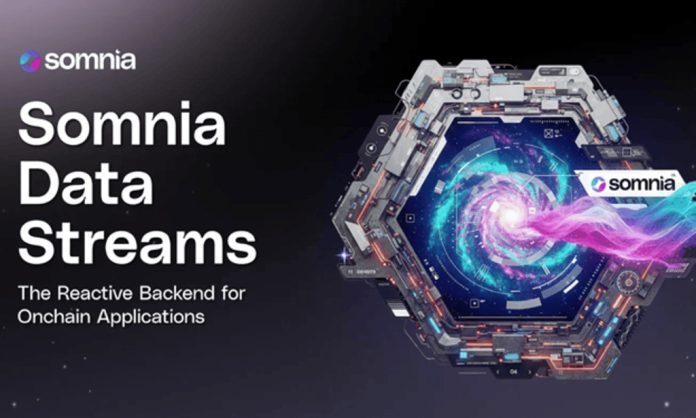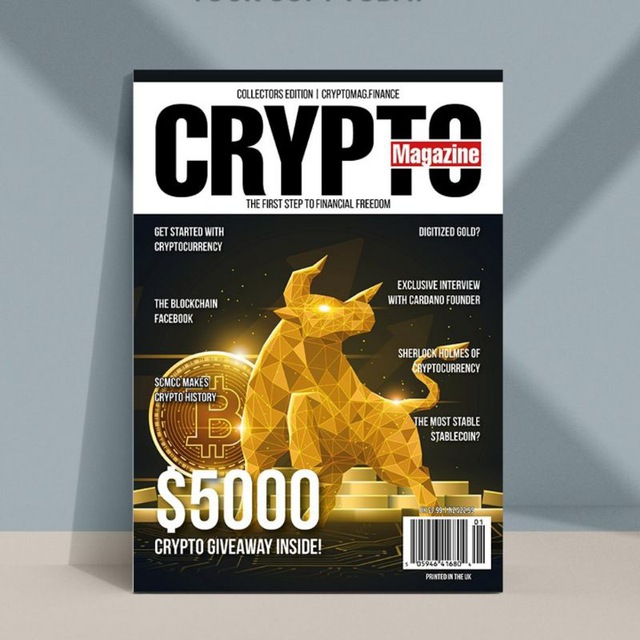[PRESS RELEASE – New York, United States, October 21st, 2025]
Somnia, the high-performance Layer 1 blockchain built for high-throughput applications, has announced the upcoming rollout of Somnia Data Streams, a new infrastructure layer that fundamentally changes how developers handle real-time data on blockchain networks.
Traditional blockchain RPCs were designed for Ethereum’s scale and lack critical features that developers building real-time applications have come to expect. Standard approaches require external indexers to constantly poll the blockchain for every data call and update, creating significant technical overhead and cost. Somnia Data Streams solves this by introducing subscription-based RPCs built specifically for high-performance reading and writing on Somnia’s network, which processes over 1 million transactions per second with sub-second finality.
Instead of paying indexers to repeatedly query the blockchain, applications can subscribe to the specific information they need and receive automatic updates whenever state changes occur. This low-latency subscription model eliminates redundant transactions, reduces operational costs, and enables real-time responsiveness that wasn’t previously possible on blockchain infrastructure. The result is a development experience that feels more like working with modern databases such as Firebase, while maintaining all the security and verifiability benefits of blockchain.
Transforming Prediction Markets
Prediction markets have experienced explosive growth recently, with platforms processing billions in volume and proving massive demand for onchain speculation beyond token trading. Despite this growth, the underlying technology remains surprisingly primitive. Most prediction markets today rely heavily on off-chain infrastructure, with oracles fetching outcomes from external sources and settlement happening manually or through centralized third parties.
This limitation restricts the types of markets that platforms can offer. Complex, specific wagers are difficult to support because there’s no efficient way to verify outcomes and settle instantly. When disputes arise, the platform must intervene and make decisions, turning it into a middleman that users must trust.
Somnia Data Streams enables a different approach by allowing applications to subscribe to structured event streams. This capability enables far more sophisticated markets. Instead of simple binary outcomes, users can wager on granular in-game events such as which player scores the next goal, which driver completes the fastest lap, or specific performance metrics over defined time periods.
For racing applications, betting markets can tap directly into live timing data to track performance in real time. When the race concludes, payouts execute automatically based on verified results. For team sports, live possession statistics can shift betting odds instantly based on which team controls the ball. As games unfold, participants see odds adjust in real time to reflect actual events on the field.
This model scales to any domain where structured event data exists onchain, including esports matches, financial instrument movements, governance proposal outcomes, and AI model performance metrics. If the data streams through Somnia, a prediction market can be built around it.
Enabling Automatic Insurance Products
The implications of real-time prediction markets on Somnia extend well beyond sports betting and gaming. One compelling application is insurance, where payouts can be triggered automatically based on verifiable events rather than lengthy claims processes.
Traditional insurance involves significant delays and costs. When a flight is delayed, a crop fails due to drought, or a natural disaster strikes, policyholders must file claims, insurers investigate, and settlements can take weeks or months. Administrative overhead drives up costs, and disputes over coverage terms create friction when people need support most.
Somnia Data Streams enables insurance contracts to subscribe to event streams that track flight departures, weather data, seismic activity, or any other measurable condition. When predefined thresholds are met, payouts execute automatically. A flight delayed by more than three hours triggers immediate compensation. Rainfall below a certain level activates crop insurance. An earthquake above a specified magnitude releases disaster relief funds.
This approach removes the need for claims adjusters, reduces processing costs, and eliminates disputes over whether an event qualifies for coverage. The data is onchain and verifiable. The contract executes deterministically. Policyholders receive funds instantly when they need them most, without paperwork or waiting periods.
This creates opportunities for new types of coverage that weren’t economically viable before, including microinsurance for gig workers, event cancellation protection for small venues, and yield protection for individual farmers. The administrative costs that made these products unprofitable in traditional insurance disappear when settlement is automatic and trustless.
Availability and Access
Somnia Data Streams with full onchain reactivity will be available early next year, with subscription RPCs rolling out first in the coming months. Developers interested in early access can sign up for the mailing list to be notified when the SDK becomes available.
About Somnia
Somnia is the fastest, most cost-effective EVM Layer-1 blockchain, capable of processing over 1 million transactions per second with sub-second finality and sub-cent fees. Somnia’s performance enables real-time, fully onchain experiences that go beyond financial applications. It’s the ideal foundation for building large-scale games, social platforms, AI-powered applications and much more.
The post Somnia Unveils Data Streams to Power Real-Time Blockchain Applications appeared first on CryptoPotato.




